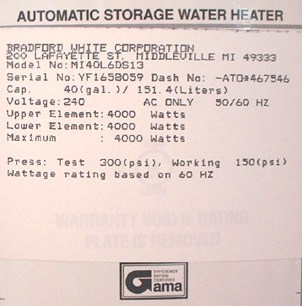American Standard Serial Number Decoder
Today, we are able to access anything through the mobile phones. The very best way to get more people to repeatedly come out and see Sinhala show online. 
Serial #'s DATING YOUR U.S.-MADE FENDER STRINGED INSTRUMENT from For most of Fender’s U.S. Instrument production history, PRODUCTION DATES have been applied to various components. Most notably, PRODUCTION DATES have been penciled or stamped on the butt end of the heel of the neck of most guitars and basses, although there were periods when this was not consistently done (1973 to 1981, for example) or simply omitted. Neck-dating can be useful in determining the approximate age of a guitar, but it is certainly not definitive because the neck date simply refers to the date that the individual component was produced, rather than the complete instrument. Given the modular nature of Fender production techniques, an individual neck may have been produced in a given year, then stored for a period of time before being paired with a body to create a complete guitar, perhaps, for example, in the following year. Therefore, while helpful in determining a range of PRODUCTION DATES, a neck date is obviously not a precisely definitive reference.

American Standard Serial Number Chart

Most specifications for a given Fender instrument model change little (if at all) throughout the lifetime of the model. While there have been periods of dramatic change—such as the transition periods between the Leo Fender years and the CBS years or the transition between the CBS years and the current ownership—most models are generally feature-specific and do not change from year to year. SERIAL NUMBERS are also helpful in determining an instrument’s production year. For years, SERIAL NUMBERS have been used in various locations on Fender instruments, such as the top of the neck plate, the front or back of the headstock and the back of the neck near the junction with the body.